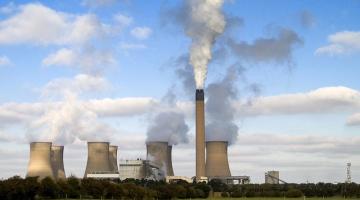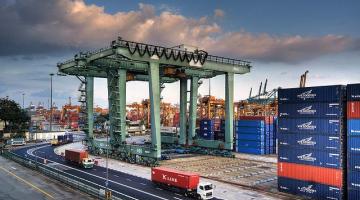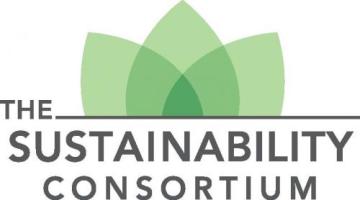Nitrogen Trifluoride Now Required in GHG Protocol Greenhouse Gas Emissions Inventories
Scientific understanding of the chemicals that contribute to climate change is constantly improving. So, too, is the Greenhouse Gas Protocol (GHGP), as we work to keep abreast of such advances and ensure that they are reflected in our tools and standards







